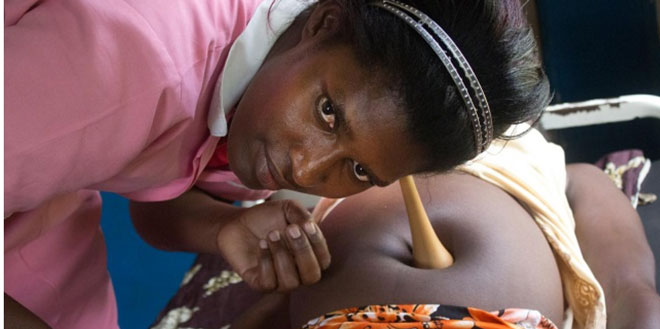
East Africa posts the sharpest decline in maternal deaths in Africa as fatalities dropped 40% on the continent between 2000 and 2023, thanks to skilled delivery care and improved reproductive health — even as some major economies on the continent struggle with gaps in reproductive healthcare.
SPECIAL REPORT | BIRD AGENCY | Maternal deaths in Africa have fallen by 40% since 2000, according to a new UN-led report, marking one of the most significant public health gains on the continent since tracking began.
A study by WHO and several UN agencies reveals that Africa’s maternal mortality ratio fell from 748 deaths per 100,000 live births in 2000 to 454 in 2023 or about 3 million fewer deaths over 23 years.
The WHO attributes this achievement to improved access to skilled birth attendants, enhanced healthcare infrastructure, and focused strategies for managing obstetric emergencies.
There have been also marked investments in sexual and reproductive health services, including broader adoption of the WHO’s Ending Preventable Maternal Mortality (EPMM) strategy.
Key measures, such as increasing skilled birth attendance — now covering 65% of births in the region, up from 44% in 2000 — have been pivotal.
“Political commitment to primary healthcare and stronger referral systems has enabled more women to access life-saving interventions,” the report noted, citing reductions in haemorrhages and infections, which account for over half of maternal deaths.
But UNICEF Executive Director Catherine Russell warns that U.S. funding cuts to global health initiatives could reverse hard-won progress in maternal and child health, particularly in fragile and underserved settings where access to essential services is already limited.
“Global funding cuts to health services are putting more pregnant women at risk, especially in the most fragile settings, by limiting their access to essential care during pregnancy and the support they need when giving birth,” she said.
In the review period, East Africa posted the highest drop in maternal mortality on the continent, slashing its ratio by 60.5% — from 75,000 deaths in 2000 to 42,000 in 2023.
This translates to a 4.8% annual reduction, driven by expanded healthcare access and targeted policies in nations like Ethiopia and Kenya.
North Africa followed closely, cutting deaths by 57.9% (11,000 to 5,900) through sustained prenatal care investments. Central Africa, however, reveals a paradox. While its mortality ratio fell 43.2%, deaths rose from 32,000 to 34,000 — a consequence of population growth eclipsing health gains.
Meanwhile, Southern Africa saw modest progress (31.5% decline), yet its slow annual reduction rate (2.6%) signals lingering rural healthcare gaps.
West Africa remains a critical concern, where despite a 25.3% mortality ratio drop, deaths increased to 102,000 — the continent’s highest toll — as strained systems in Nigeria and Ghana struggle to match demand.
Globally, more than 260,000 maternal deaths were recorded in 2023, amounting to roughly 712 lives lost every day — or one every two minutes. This equates to a maternal mortality ratio of 197 per 100,000 live births, spanning 195 countries and territories.
Meanwhile, HIV-related maternal deaths, once a critical burden, have also plummeted. Improved antiretroviral therapy and prenatal care contributed to an 89% drop in such fatalities since 2000, now representing less than 1% of maternal deaths in the region. Countries like Botswana and Eswatini, which integrated HIV care into maternal health programs, saw particularly sharp declines.
Still, Africa alone accounted for around 70% of maternal deaths (182, 000), while Southern Asia accounted for around 17% (43, 000).
Progress remains starkly uneven, especially with nine countries — including Nigeria, Chad, and South Sudan — still reporting “very high” MMRs exceeding 500 deaths per 100,000 births.
Nigeria alone accounts for 28.7% of Africa’s maternal deaths, with an MMR of 993, underscoring the impact of weak health systems, insecurity, and cultural barriers in regions like West Africa.
“While many nations have made strides, fragility and conflict are reversing gains in some areas,” the report warned.
Countries designated as fragile or conflict-affected by the World Bank, such as the Democratic Republic of Congo and Somalia, saw slower MMR reductions, with women facing a 1-in-51 lifetime risk of maternal death — more than double the global average.
The COVID-19 crisis also temporarily disrupted maternal health services, contributing to a global rise in MMR in 2021.
However, Africa’s ratio rebounded to pre-pandemic levels by 2022, a resilience attributed to the rapid reinstatement of prenatal and postnatal care.
*****
SOURCE | bird story agency
 The Independent Uganda: You get the Truth we Pay the Price
The Independent Uganda: You get the Truth we Pay the Price



